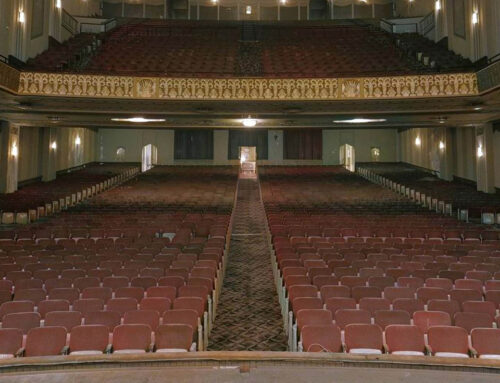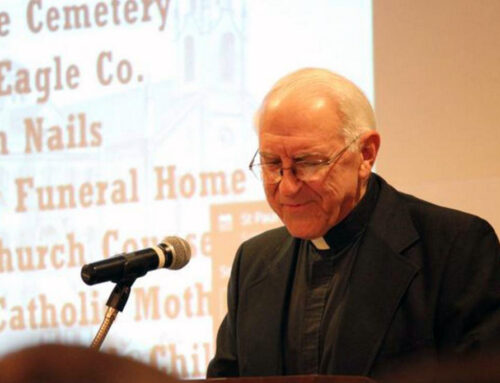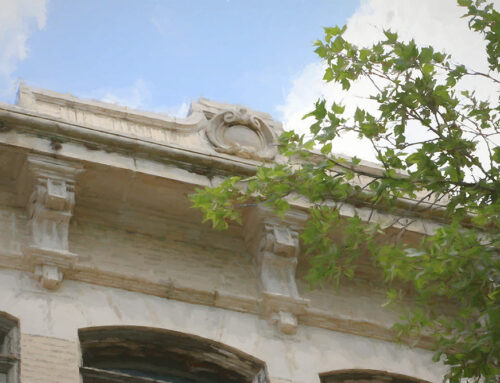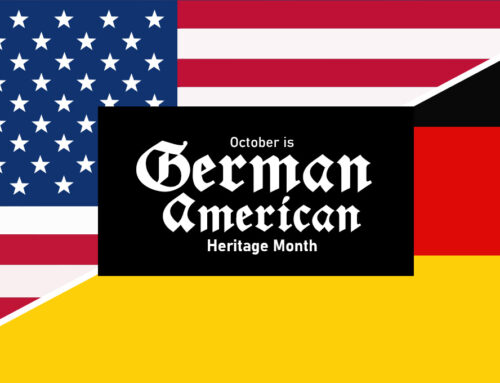In 1823, George Lauer, father of Frederick Lauer, started in the business of manufacturing beer in limited quantities in Womelsdorf. Three years later, in 1826, the Lauer family relocated to Reading, where a small brewery was established on Chestnut street near Third, on a rented lot, which was later purchased from Marks John Biddle, the attorney for the Penn’s, in 1833. There were other breweries at Reading at this time, but Lauer’s product was of a different character. In 1835, his two sons, George and Frederick, became his successors.
Frederick Lauer, father of Franklin Pierce Lauer, was the principal brewer at Reading for nearly fifty years from 1835 to 1882. He was born in the town of Gleisweiler, Rhenish Bavaria, Germany, Oct. 14, 1810, and while a boy accompanied his father to America in 1823. He was educated in pay schools at Womelsdorf and Reading, and while growing to manhood learned the business of brewing from his father, who was an expert brewer. He assisted his father until 1835, when he and his brother George became the owners of the plant.
Below: Frederick Lauer.

The brothers continued as partners for several years, when George retired and removed to Pottsville, where he carried on the same business. Frederick, as the sole owner, enlarged the brewery and extended the business gradually until he came to send his beer, porter and ale throughout the county and into the adjoining counties. The brewery was situated on Chestnut Street below Third. He established a second plant on North Third Street, beyond Walnut, in 1866; also constructing a large vault in a solid bed of limestone, and sinking an artesian well to the depth of 2,200 feet, which for many years were considered great curiosities at Reading. The well was then one of the few deep wells in the United States.
Frederick Lauer was engaged in the business until shortly before his death on September 5, 1883, at the age of seventy-three years. He was married to Mary Reiff Guldin, daughter of Peter Guldin, in 1838, and they had two sons, George Frederick and Franklin Pierce. The mother died in October, 1891.
Frederick Lauer was a public-spirited man and labored assiduously for the development and prosperity of Reading. He co-operated heartily in the advancement of the place from a borough into a city in 1847; and under the amended charter of 1864 he represented the Fifth ward in the select council from 1865 to 1871, serving as president of that body in 1867. He was a devoted adherent of the Democratic Party, and active in behalf of its success for many years. He represented the Berks district as a delegate to the National Convention which met at Charleston, S. C., in 1860, and notwithstanding the platform and the defeat of the party nominee for President, when the Civil war broke out, in 1861, he espoused the cause of the Union in a most earnest and patriotic manner. He assisted materially in organizing the Berks County Agricultural Society in 1852, and officiated as president for a number of years; also in projecting the construction of the railroad from Reading to Lancaster and Columbia, serving as a director for twenty years until his decease; and by special appointment of the governor he served for several terms as trustee of the Keystone State Normal School. He gave liberal support to local charities by aiding the Dispensary and the Relief Society.
Mr. Lauer’s great experience and success in the brewing business brought him into national prominence before the brewers of the United States. On November 12, 1862 Fredrick Lauer was elected first president of the United States Brewers Association. The impetus for its founding was provided by the institution of a national excise tax on beer enacted by President Lincoln on August 1, 1862 to pay for the American Civil War.
In May, 1885, the association erected a fine bronze statue to his memory on Penn’s Common, near Perkiomen Avenue, on a small plot of ground set apart and dedicated by the city councils, the first public honor of the kind in the community. The statue of Frederick Lauer was the first statue erected in Reading. In 1885, the United States Brewers’ Association hired Henri Stephens to create the Lauer statue, and, with the consent of City Council, placed it in City Park. The physical structure is quite tall, and consists of two parts. The top part of the monument is a life-size likeness of Lauer, cast in bronze. He is portrayed wearing a suit which is covered by a long overcoat. The statue stands on a four-sided cement pedestal, with each side containing a plaque.
Below: Frederick Lauer Monument, Penn’s Common, City Park, Reading, PA.


About April of 2015 vandals stole the four bronze plaques from the monument. The total cost of repairs and restoration of the monument was about $50,000.
In March of 2016 the Brewers Association – the not-for-profit trade association dedicated to small and independent American brewers – donated $25,000 to the City of Reading, PA to restore the vandalized Frederick Lauer monument. The Brewers of Pennsylvania – the state’s official brewer’s guild – led the charge to raise the additional $25,000 to repair the monument.
On May 3, 2016 the restored monument with new plaques was rededicated. The statue was restored by ART Research Enterprises, Inc., Lancaster, PA. In addition to removing oxidation from the statue, ART also painted a new patina and added hot wax to protect the statue. ART used photographs to recreate new versions of the plaques.
The plaques serve as a guide to investigating Frederick Lauer as a brewer and a citizen, which in turn, reveals more about the nineteenth-century Reading community.
The inscriptions on the four sides of the base are as follows:
North Side:
“The city of Reading commemorates the public and private virtues of an honored citizen by the grant of this location. Erected 1885, the year of the Twenty-fifth convention of the United States Brewers’ Association.”
Below: North Side Plaque.

South Side:
“To Frederick Lauer of Reading. The United States Brewers’ Association of which he was the first president has erected this monument in grateful remembrance of his unselfish labor for the welfare of the brewing trade in this Country.”
Below: South Side Plaque.

East Side:
“His zeal sprang from his firm conviction that in striving to advance the brewing trade he was working for the cause of national temperance.”
Below: East Side Plaque.

West Side:
“Let his example tell the brewers of this Country to maintain good fellowship to preserve their association, and to defend their rights.”
Below: West Side Plaque.







Leave A Comment